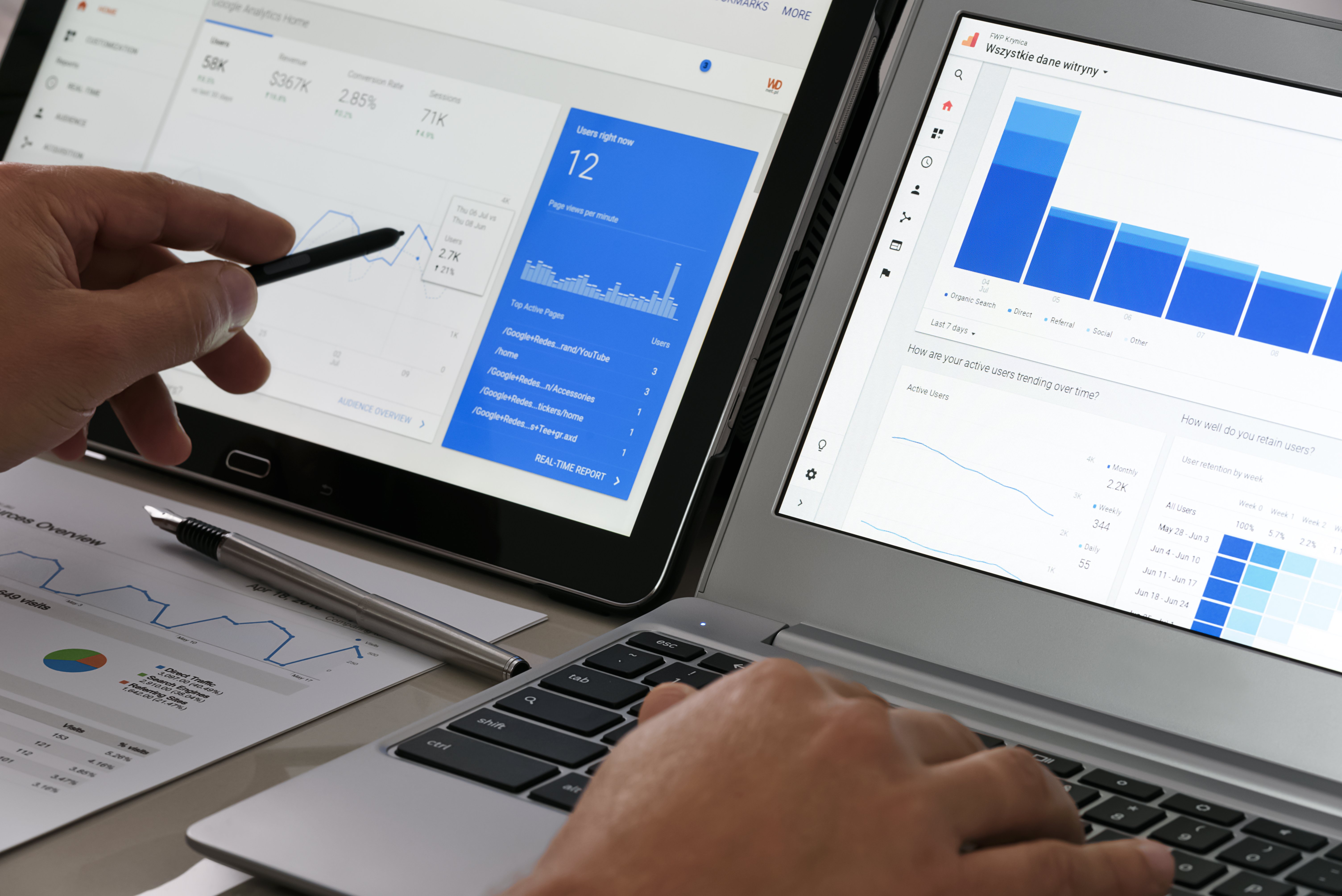According to a survey by Epsilon, 80% of marketers rely on third-party cookies – the small pieces of data stored in internet browsers to track a user’s online behaviors – in their digital advertising efforts. But as Google’s cookie-less future draws near, it’s important to take action to prepare for the changes.
Marketers, particularly those that have relied on third-party cookies for digital advertising tactics like retargeting, should start developing strategies centered around data they collect themselves. Making the shift now to first-party data will help with the transition to a more privacy-conscious internet future.
But, Will First Party Cookies Change, Too?
First-party cookies allow companies to learn about the visitors to their own website. These are valuable analytics that follow user behaviors while on the site, but unlike third-party cookies, a business can’t see data about a visitor’s browsing habits on other outside websites. First-party cookies are the way Amazon automatically remembers your login when you visit, saves items in your cart, and recommends relevant products based on your past shopping behavior.
As of now, Google has not announced any changes to first-party cookies that track data on a company’s own website. In fact, when they announced the changes to third-party cookies, Google said, “first-party relationships are vital” and they would deepen support for solutions that build on direct relationships between consumers and the brands and publishers they engage with.
Benefits of Using First Party Data
Using your own first-party data comes with distinct advantages. For one, its proprietary to your business and relates directly to the behaviors, preferences, and needs of your customers. Therefore, it can yield more relevant and accurate insights that in turn, help create more personalized and meaningful marketing messages.
Survey data of companies that integrate first-party data sources has shown double the incremental revenue from a single ad placement, with a 1.5 times improvement in cost efficiency. Though most marketers will agree that first party data is prized, it doesn’t mean that everyone is has it, uses it – or even knows how to obtain it.

Ways to Build Your Stack of First Party Data
There are a number of avenues businesses looking to build their first-party data can explore. Remember, this is a journey with no final destination! It will always be possible to expand your first-party data potential.
Your website. Businesses can passively collect valuable information by monitoring the activity on its website. Time spent on the site, pages visited, content accessed, purchase history, shopping cart items, and website analytics add to the understanding of your audience.
Lead generation forms. Data-collecting forms can be incorporated into pages of your website (for example, the contact page or to schedule a consultation), to access high-value pieces of content, or as part of advertising campaigns. Balance the amount of data you collect with the stage of the buyer’s journey, and focus on building over time.
Mobile apps. More people than ever use smartphones to help manage their lives, and the average smartphone user has 35 apps installed on their phone. Mobile apps are a rich source of first-party data – and may even increase the likelihood of purchase.
Social media. Your company’s social media accounts can provide data through analytics that are embedded into the platform. This can shed led on demographic profiles, what times of day they are active, what types of content they engage most with, and the subjects they are most interested in.
Customer service. Interactions with your customer service team often capture data with insights into common questions, pain points, and preferences of customers.
Loyalty programs. Creating a loyalty program provides an upfront opportunity to capture customer information that will only grow richer over time. Companies can glean a lot of insight into purchasing behaviors, and even desirably shape those behaviors through rewards and incentives.
Ultimately, the sooner your company has a first-party data strategy in place, the better equipped you’ll be in the post-cookie digital advertising world. Even better, many first-party data collection strategies center around building and nurturing relationships with customers. By the time third-party cookies are gone, you’ll already be tapped into delivering exactly what customer want.
For help collecting and using your data to its fullest potential, schedule a complementary conversation to learn how we can help

